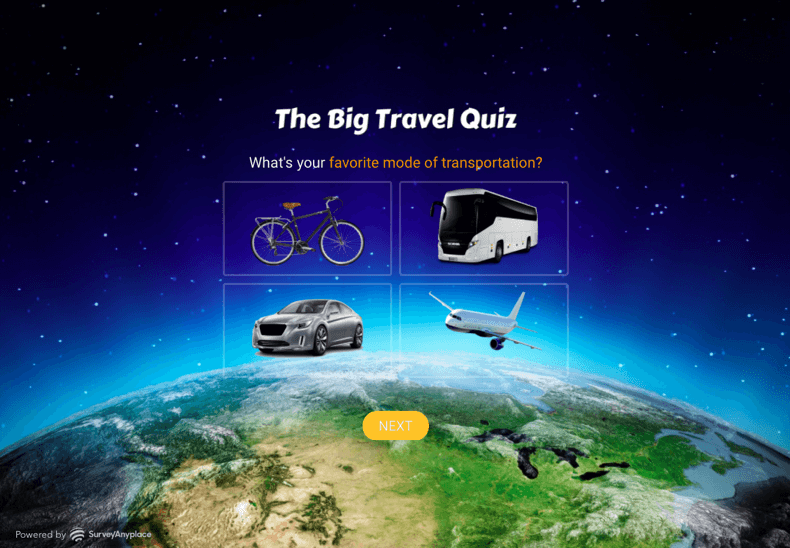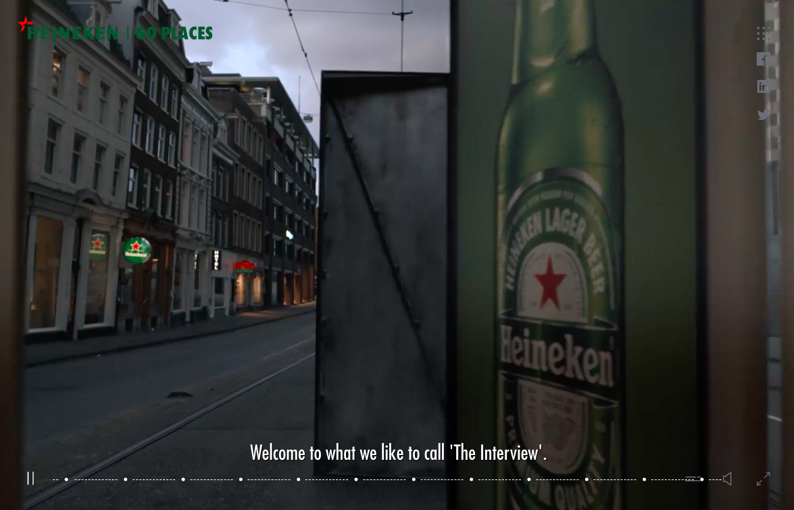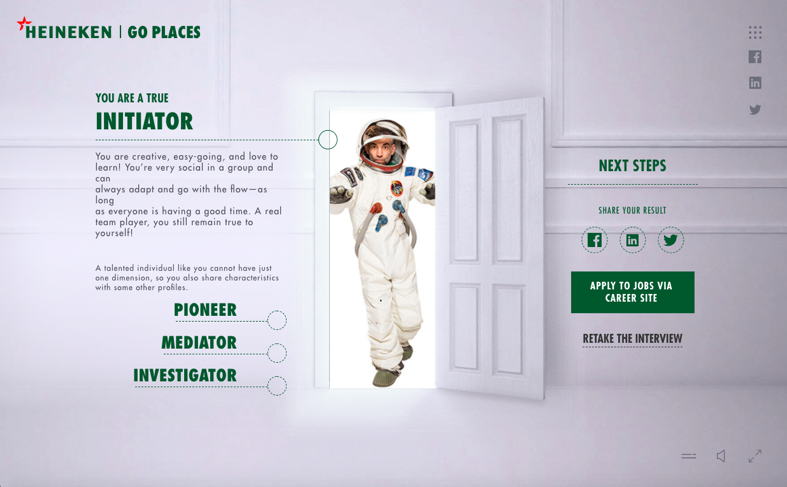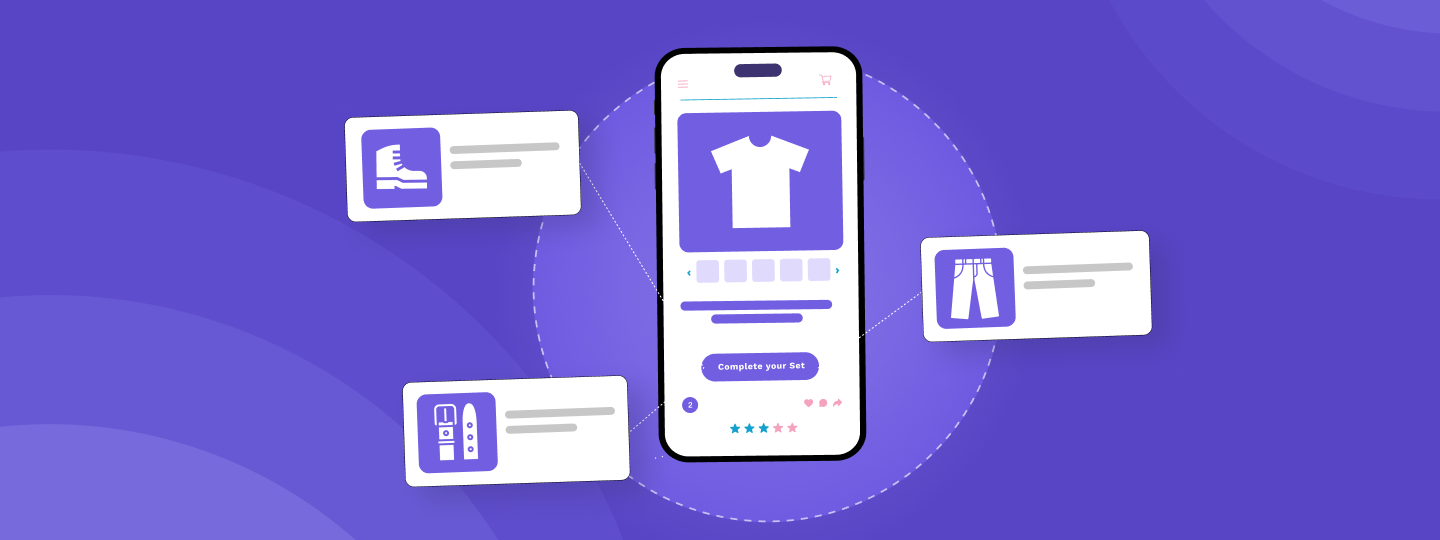Finding innovative ways to engage your audiences has always been a struggle for marketers. A lot of thought, resources, and a user-first experience design go into creating interactive content that works. Quizzes, however, help in reducing this challenge multi-fold. We’ve jotted down everything you need to know to get started, below.
Table Of Contents:
1. Engaging your customers
2. Formulating the quiz questions
3. Designing your quiz
4. Incentivizing your audience
But first, how well do you know your customers?
Take a moment and really think about that.
Here are a few more questions to add to the list: Who even are they? Their likes? Their dislikes? What do they need? What do they want? The problems are they facing?
And here’s an important one: How can you provide them the best experience possible on your website?
Personalizing your website means better results such as a boost in consumer engagement, top-line revenue, and a higher ROI. But how should you go about personalizing it? What will encourage your audience to stay on the website and make more purchases? And how will you collect the data needed to personalize each user’s experience?
There are several ways you can obtain this information. You can invest a chunk of money in a firm performing market research. You can evaluate analytics on your website or social media platforms and use that data to develop your game plan.
However, we believe there’s a simpler, and dare we say, funnier, way. This magical way will not only give you the answers you so intensely desire, but it will also do so in a way that increases customer loyalty.
Just… Ask them.
Yes, it’s really as simple as that. Interactive quizzes provide the ability to really learn about your audience, inside out, and from the best source available – themselves. In fact, Content Marketing Institute has said that 79 percent of marketers plan to increase their usage of interactive content such as quizzes, assessments, and interactive surveys within the year.
Engaging your customers
Quizzes not only let you discover insights about your audience. They are also highly engaging compared to other types of web content, such as static articles or surveys. Recently, we conducted an A/B test sending the following emails to our subscribers:
- An email with the subject ‘Take our survey’: sent to 50% of our subscribers
- An email with the subject ‘Take our quiz: sent to 50% of our subscribers
We observed that the ‘Take our quiz’ email open rate was two times the one from the ‘Take our survey’ email! People love quizzes because they get something back: quiz participants learn something, both about the quiz subject and their own knowledge level.
The Content Marketing Institute reported that 87 percent of marketers agree interactive content catches an audience’s attention more than static content. All of this will make your visitors more likely to participate and engage in your quiz, both on mobile and desktop devices.
Another indication of engagement is the number of times a piece of content is shared on social media. According to Buzzsumo, the average quiz is shared up to 1,900 times, and 2 of the top 10 most shared posts on Facebook in 2017 are quizzes.
Here are some guidelines on how to set up an engaging quiz, and use the data collected to increase conversions.
Formulating the quiz questions
Now, to the meat of it all – the quiz questions. You’re going to want to keep your questions simple and straight to the point. Don’t get too flowery with your language.
What’s important is your understanding of the audience after they take the quiz. Think about what you want to learn about them and their experience. Are they female or male? Do they want to know if an item is low in stock? Do they want to see similar items displayed on product pages? What personalized features will improve their time on your website?
Once you’ve thought about your questions, think about how you want to ask them. Most survey makers in the market provide the ability to mix quiz and survey (data collection) questions in a single questionnaire. We recommend using several variations of question types such as the following:
- Multiple choice
- Picture choice
- A movable scale
- Emoji questions
- Free text, for example, to collect name or e-mail: we recommend putting these questions at the end
Mixing up your questions will also keep your audience captivated. More importantly, it will ensure that they aren’t simply clicking through the answers without really reading them. You can see an example of various question types below:


Designing your quiz
If you want to learn about your audience, you need to make sure your survey looks professional but also interesting. That’s why design is so important. To stay professional, we recommend the following:
- Include plenty of whitespaces – you don’t want to overcrowd your slide and cause confusion
- Choose one font and stick to it – stay consistent and commit
- Respect alignment – you want your audience to understand where they should be looking and in what order
- Select two colors from your logo and use them throughout the quiz – this will add your website/business’s style into the design
- Choose a background color with little color variation – stop trying to confuse your audience!
For fun – and better, retention – add media such as images, videos, and even GIFs into your survey. Websites such as Pixabay, Pexels, and Giphy will provide you with a myriad of free-to-use media. We recommend putting them on the fourth or fifth slide of your quiz because we’ve found that this is around the time when the participants’ attention wanders.

One company that does this extremely well is Heineken with “The Interview” survey:


The quiz is formatted as a set of videos, with the curator asking you to make a choice with only five seconds on 12 questions. After you answer each question, the curator tells you more information about the company that is relevant to your recent submission. The curator is charming and humorous, and at the end, you (and Heineken) find out your work personality type and have the opportunity to submit your CV:

While this is for recruitment, think of how a survey like this can work for your e-commerce store! This quiz is quite in-depth and involved, but you will be able to see results with one that is simpler and more straight-forward.
Incentivizing your audience
All this advice will be helpful to you, but the single best way to ensure your audience is engaging with your survey – and as a result, telling you what they want with their experience – is to give them something.
It’s the age-old question: “Yeah, cool, but what will I get out of this?”
While the opportunity to win a gift card is a common tactic, you don’t need to provide something of monetary value. Instead, you can offer information they are seeking about the company or themselves or even a coupon with a discount like an example below:

While the quiz itself is meant to benefit them by providing a better, more personalized experience on your website, most people seek immediate satisfaction. By providing that for them, they are more likely to give you their time to answer your questions.
People do not want to feel like a part of the masses, always being spoken at by a company. By personalizing your website, you are letting them know that you value them and their interests. In return, you will see your metrics increase across the board.
In conclusion, quizzes will give you the results you want with your audience. The best ones will teach:
- You about the participants, so you can better personalize their experiences
- The participants about your brand, and increase conversion
- The participants about themselves, so they understand what they truly want
Bonus Read – 4 Best Practices For Conversion Rate Optimization



































 Surya Panicker
Surya Panicker
 Diksha Dwivedi
Diksha Dwivedi
 Vanhishikha Bhargava
Vanhishikha Bhargava



